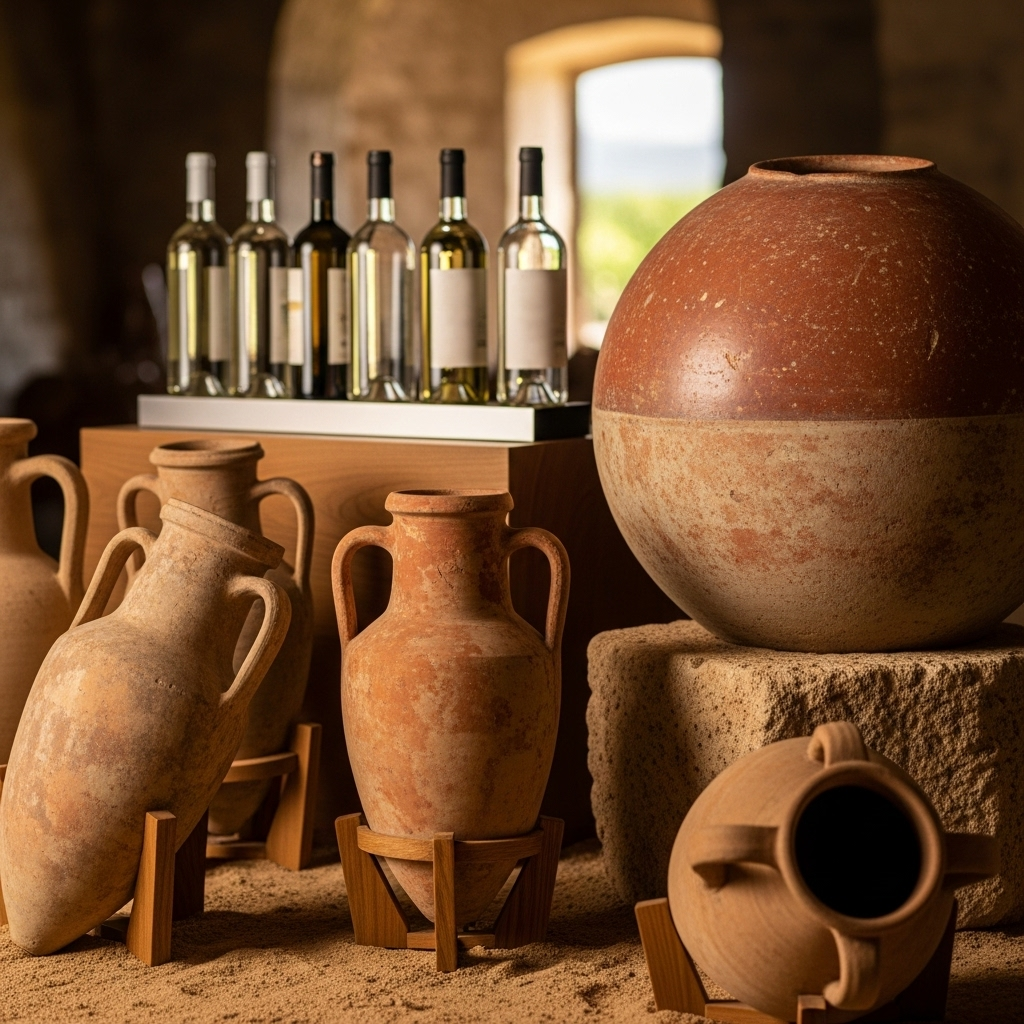
Roman Pottery Shaped Wine Storage
Share
The Historical Context of Roman Pottery and Wine Culture
The significance of pottery in ancient Rome extends far beyond mere functionality; it encapsulates a rich tapestry of cultural practices, particularly in the realm of wine storage and consumption. As viticulture flourished across the empire, the demand for specialized vessels grew, leading to the evolution of pottery techniques and designs. From the coarse, utilitarian amphorae used for transporting wine across vast trade networks to the elegantly decorated kraters that adorned the tables of the elite, each piece tells a story of social status and regional identity. The geographical diversity of the Roman Empire contributed to variations in pottery styles, reflecting local tastes and practices. For instance, the distinctive red-slip ware of Italy contrasted sharply with the black-gloss pottery of Etruria, each serving a unique purpose in wine storage and presentation. This interplay between pottery and wine culture not only facilitated the practical needs of the populace but also played a pivotal role in the rituals and festivities that defined Roman social life.
The Evolution of Wine Storage: From Amphorae to Dolia
The journey of wine storage in ancient Rome reflects not just a practical necessity but also cultural evolution. Early on, wine was stored in amphorae—tall, slender vessels designed for transport and preservation. These clay jars, with their distinctive pointed bases, were ideal for rolling on ship decks, allowing for efficient trade across the Mediterranean. However, as wine production intensified, the need for larger storage solutions became apparent. This led to the development of dolia, massive earthenware containers that could hold significant quantities of wine. Unlike amphorae, dolia were often set into the ground, providing natural insulation and maintaining optimal temperatures for fermentation and aging. The transition from amphorae to dolia not only signifies advancements in pottery techniques but also highlights the growing sophistication of Roman viticulture. As wine became integral to social and religious practices, the methods of storage evolved to ensure quality and accessibility, paving the way for the rich wine culture that would flourish in the centuries to come.
The Influence of Roman Techniques on Modern Wine Storage Practices
The techniques developed by the Romans for wine storage have left an indelible mark on modern practices, demonstrating the enduring legacy of their innovations. Central to Roman wine storage was the use of amphorae, clay vessels designed for optimal fermentation and preservation. These amphorae were not only functional but also ingeniously crafted to manage temperature and minimize exposure to light, factors critical for maintaining the integrity of the wine. Today, wine cellars and storage solutions echo these principles, utilizing climate control systems to replicate the cool, dark conditions of ancient Roman storage sites. Furthermore, the practice of aging wine in wooden barrels can be traced back to Roman times, where oak was favored for its ability to impart complex flavors and aromas. This historical continuity is evident in modern winemaking, where the choice of storage vessel remains pivotal to the final product. As we explore contemporary wine storage, it becomes clear that the Romans not only shaped the wine itself but also the very environment in which it is cherished and enjoyed.
